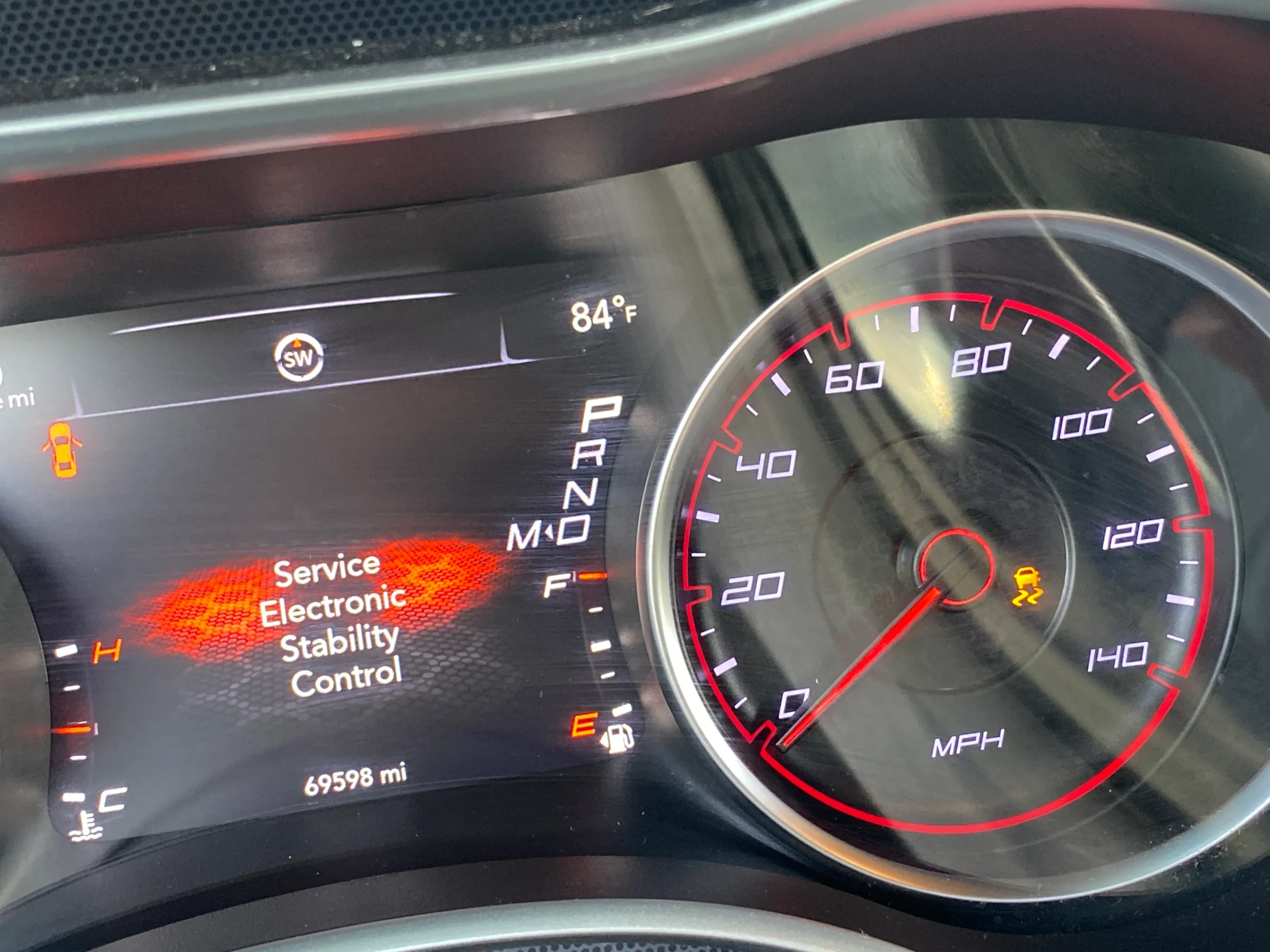Electronic Stability Control – Repair Cost, Fix And Detailed Guidelines
The modern vehicle these days have a built in controlling system of the skidding and steering control in the time of any emergency when the driver loses control over the vehicle. This electronic stability control system gets activated on its own in any emergency and ensures the safety of the driver and vehicle as well. Let’s explore the electronic stability control system in depth in this article.

What is Electronic Stability Control?
The electronic stability control which is also referred as ESC detects automatically reduces the traction loss and prohibits skidding and losing the control over the vehicle. It detects the stability issue in the relevant wheel and then reduces the engine power for that very wheel and also the application of selective brakes for that wheel. Hence, this system assists the driver getting the control of the vehicle back.
Advantages of Electronic Stability Control
This system that is built in by the companies to ensure the safety in every situation has the very obvious benefits for the users or drivers that are;
- It inhibits the loss of control on the modern vehicles
- Reduction of accident risks in severe weather conditions and slippery roads
- Lessens the chance of vehicle skidding
- Keeps the vehicles stable in sharp turns
- Enhances stability in sudden maneuvers
- Protection from rollovers in sudden brakes
- Helps drivers in challenging situations
- Ensures the safety of vehicle and drivers
- Makes the drivers more confident
Also Check: Mercedes A0 Service
Situations That Trigger ESC Activation
Following things trigger the automatic activation of ESC;
- Slippery surface driving like in rain, snowfall and ice om the roads
- Over steering when back side wheels have less traction and car may spin due to it
- When the steering control is lost on front wheels and wheels tend to go straight in spite of steering other directions
- Driving extremely high speeds and sudden brakes and sudden jumps or speed breakers
How does the ESC work?
Following are steps in the process of ESC application;
- Sensing the situation with various built in sensors in the modern cars in the wheels, brakes and steering
- Detection of problem by continuous observation and comparing the driver’s intention of path with the path car is following
- Application of wheel specific brakes and management of engine control over the problem creating wheels
- Activation of other associated built in safety systems with ESC like ABS, TCS
- Continuous support till the vehicle is stopped by the driver or when driver has got the control over the vehicle again
- Bringing back the vehicle to the normal driver operation mode after the sudden situation.
FAQs
Conclusion
All the built in safety systems including Electronic Stability Control are crucial for ensuring the safety of the driver and the vehicle also because it increases stability and control and prevents any skidding if such situation happens. This system observes the vehicle’s behavior in certain alarming situations and provides support also. Regular maintenance of the vehicle keeps the ESC in active condition and it continues to help driver.
.


